Considered the most important event for Tibetan Buddhists, the grand Monlam prayer festival begins three days after the Lunar New Year in western China's Tibetan ethnic regions and is celebrated for nearly two weeks.

Monks from Labrang Monastery in Xiahe County
During Monlam, millions of pilgrims visit monasteries to pray for good luck in the new year and make offerings to their deceased relatives.
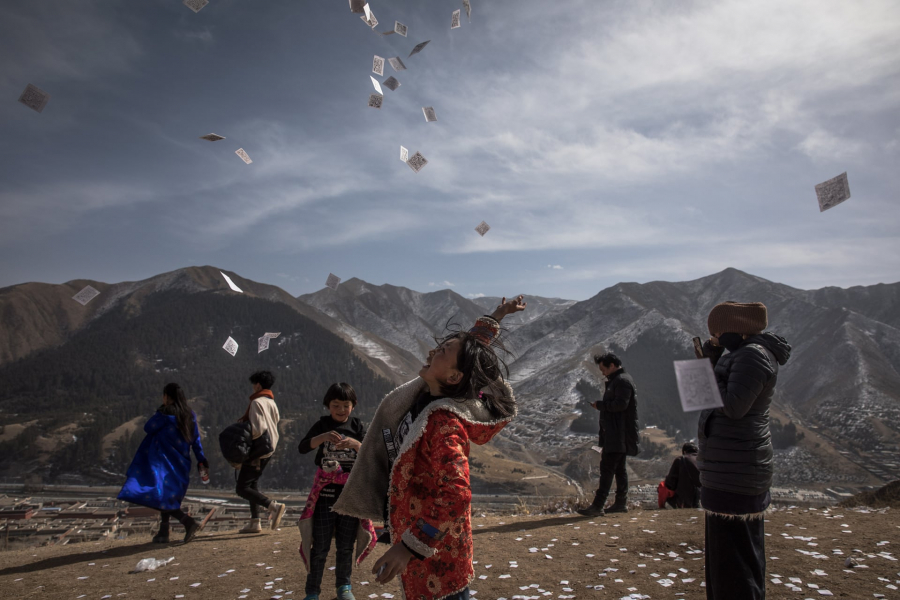
A girl throws pieces of paper symbolizing good luck on a hill overlooking Labrang monastery during Monlam.
One of the most popular destinations for pilgrims is Labrang Monastery in Xiahe County, Gannan Tibetan Autonomous Prefecture, Gansu Province. Founded in 1709, the monastery is one of the six largest monasteries of the Yellow Hat sect of Tibetan Buddhism and is home to thousands of monks.
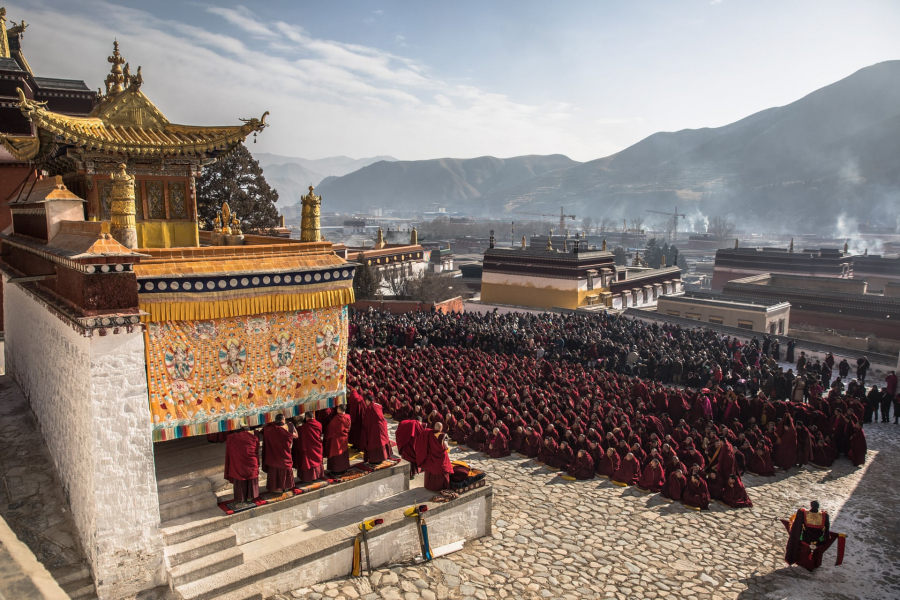

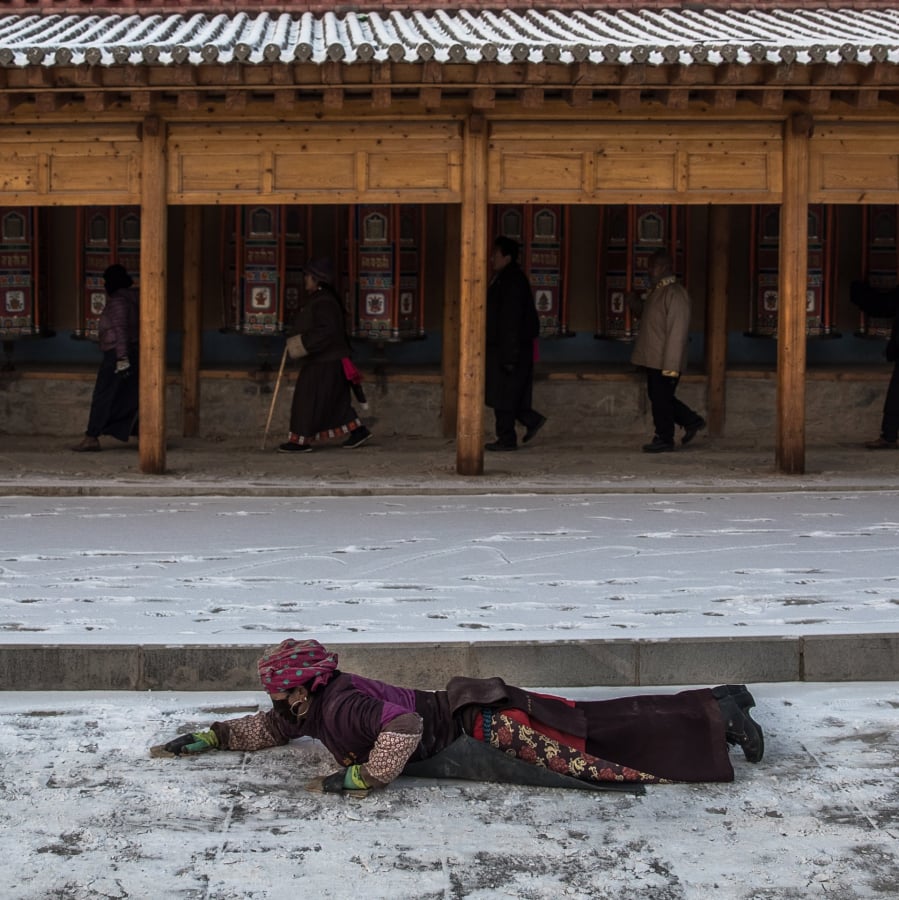

Monks and devotees attend a prayer festival at Labrang monastery
The main events of the festival take place in the final days. The first is the Buddha unveiling ceremony, in which Tibetan Buddhist monks carry a 30-meter thangka (a sacred painting on cloth) depicting the Buddha up the hillside above Labrang Monastery for thousands of devotees to see.

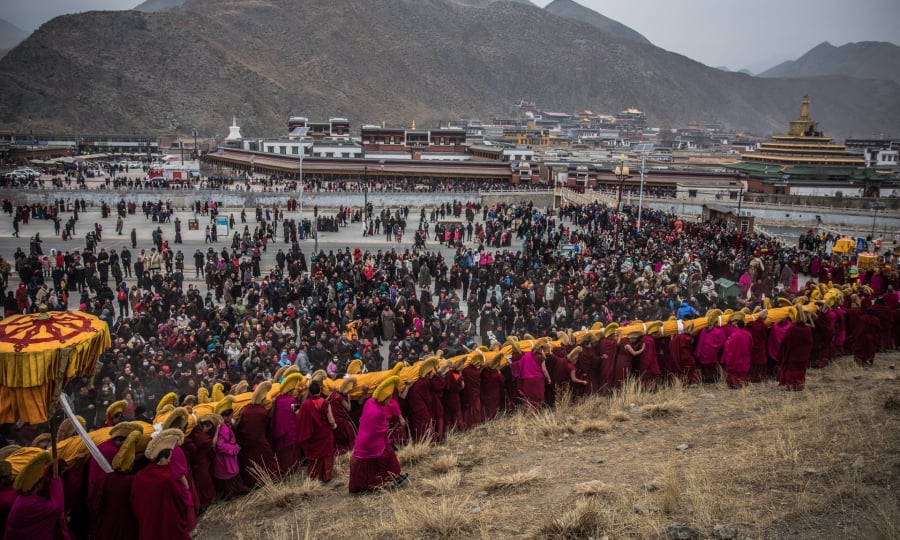
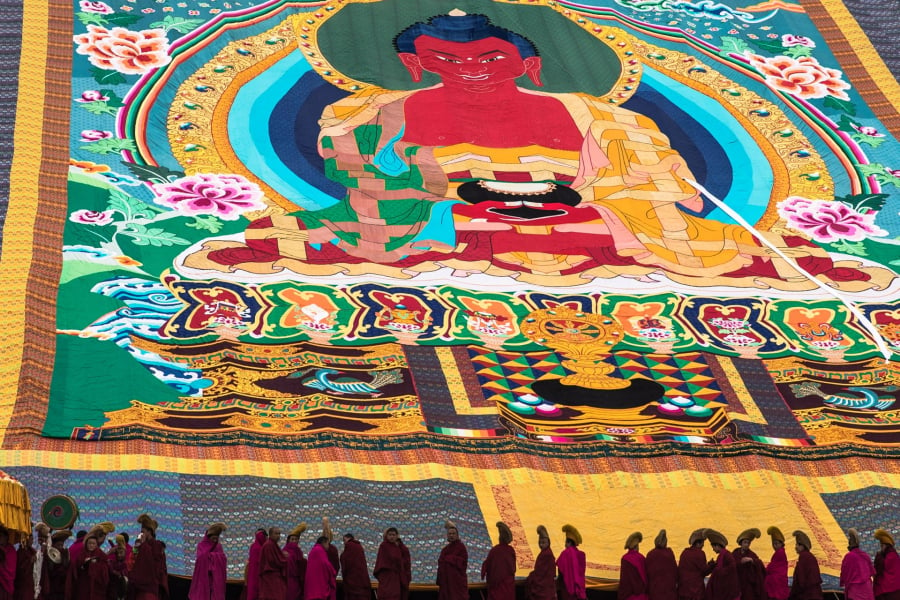
Monks unfold thangkas depicting Buddha to display to worshippers and other visitors during the festival.
The next day, monks dressed as deities and protectors of the Dharma (Dharma as the Buddha's teachings in general) perform the Cham dance. With slow and repetitive movements, the hour-long ritual is performed to exorcise evil spirits and invoke great benefits for humanity. Devout Buddhists use this dance to meditate and connect spiritually with the gods. At the end, everyone joins a grand procession.
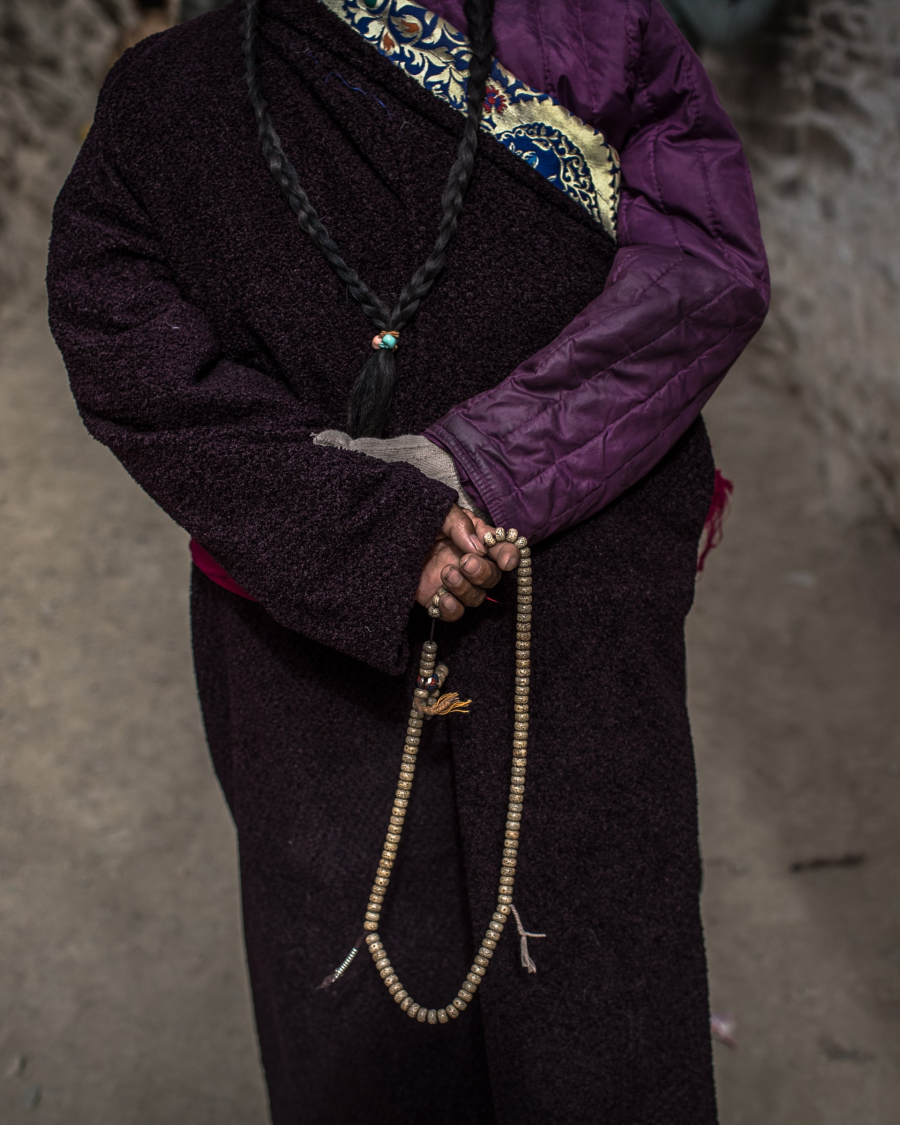
Pilgrims and worshippers carry prayer beads
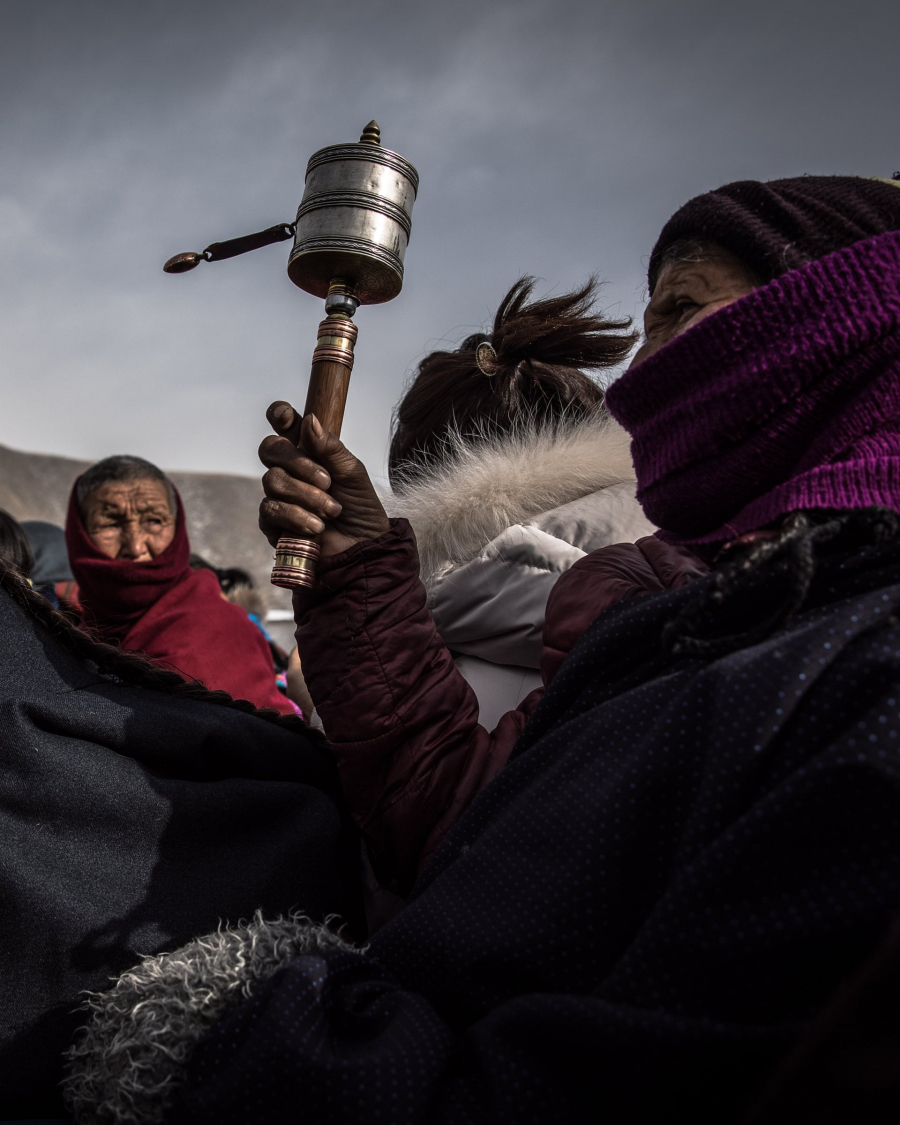
Pilgrims and worshippers carry prayer wheels

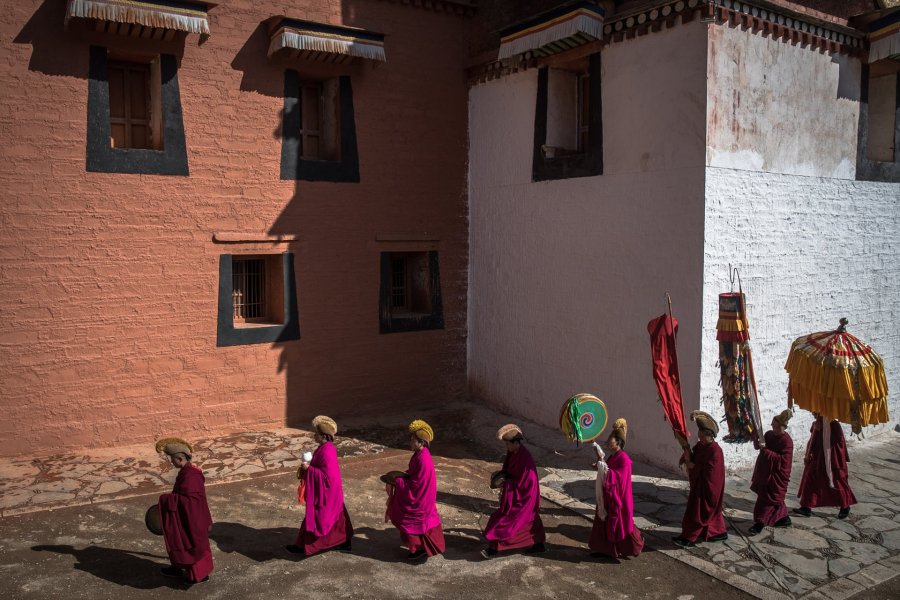
Monks walk in a procession around the monastery
The next evening, all the monks and pilgrims go to see the yak butter sculptures made by Tibetan Buddhist monks which traditionally represent an offering to Buddha and the gods.
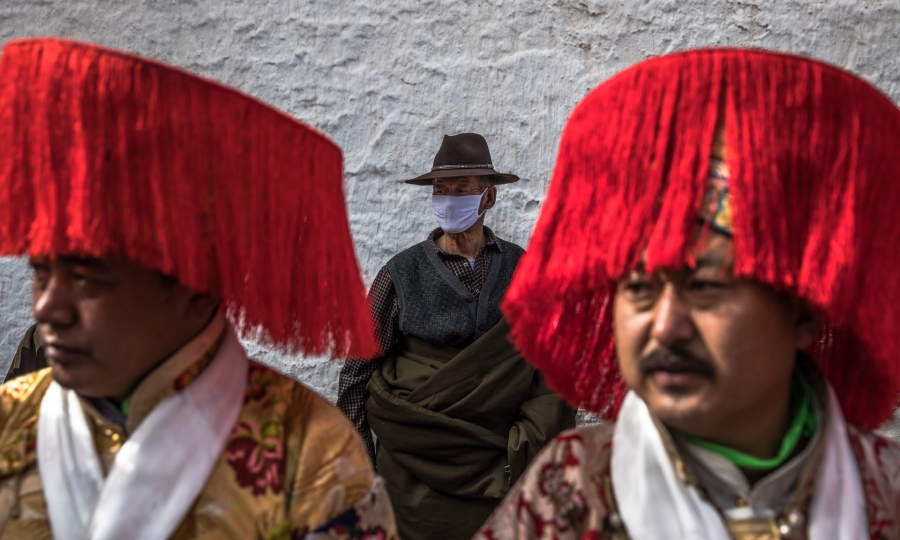
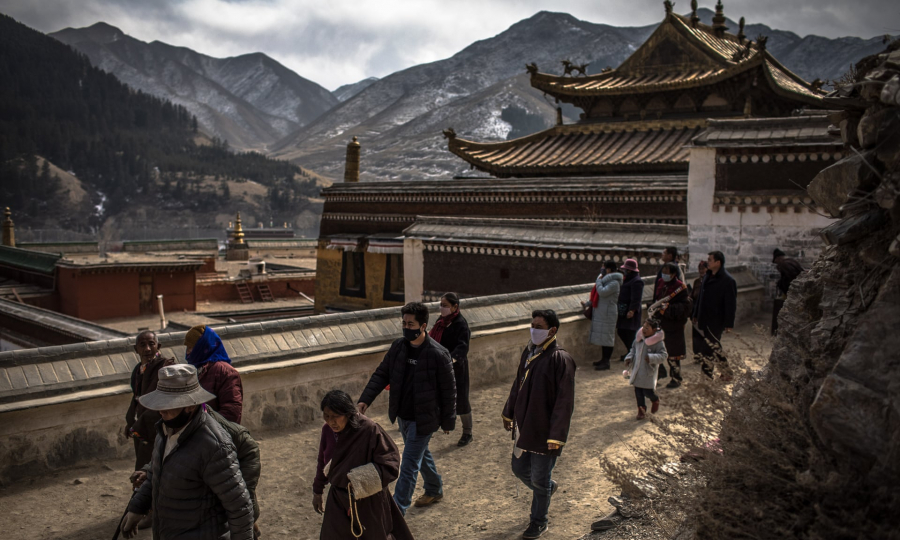

Pilgrims walk on a circuit of the monastery
On the last day of the festival, a final grand procession is held, when Tibetan Buddhist monks carrying a statue of Maitreya, the future Buddha, perform a Kora (pilgrimage circuit) around Labrang monastery along with thousands of pilgrims.

A hilltop overlooking Labrang Monastery
Although the Chinese Communist Party is atheistic, the country recognizes five religions, including Buddhism, in addition to many folk beliefs. Most ethnic Tibetans practice Tibetan Buddhism, a distinct branch of Buddhism.

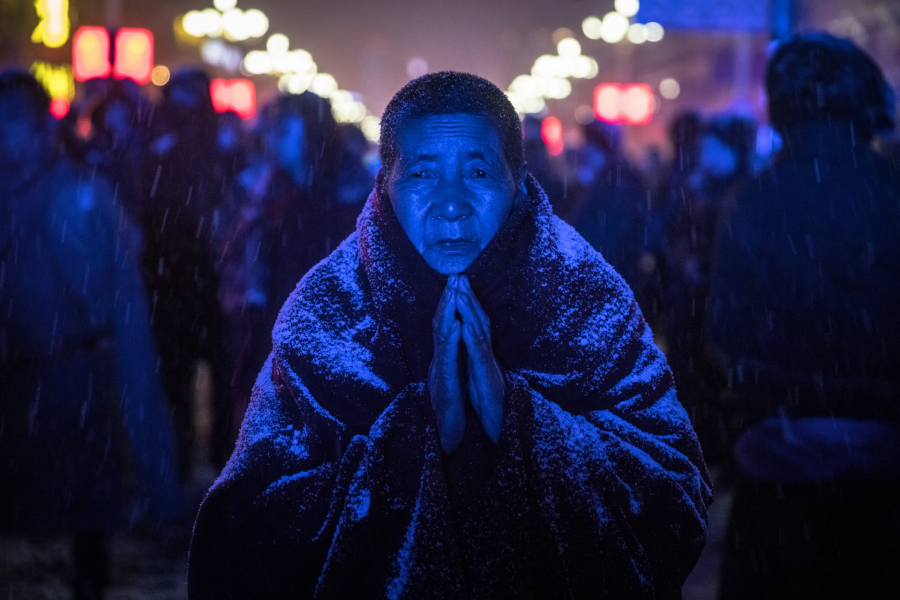





















.jpg.jpg)




.jpg.jpg)







